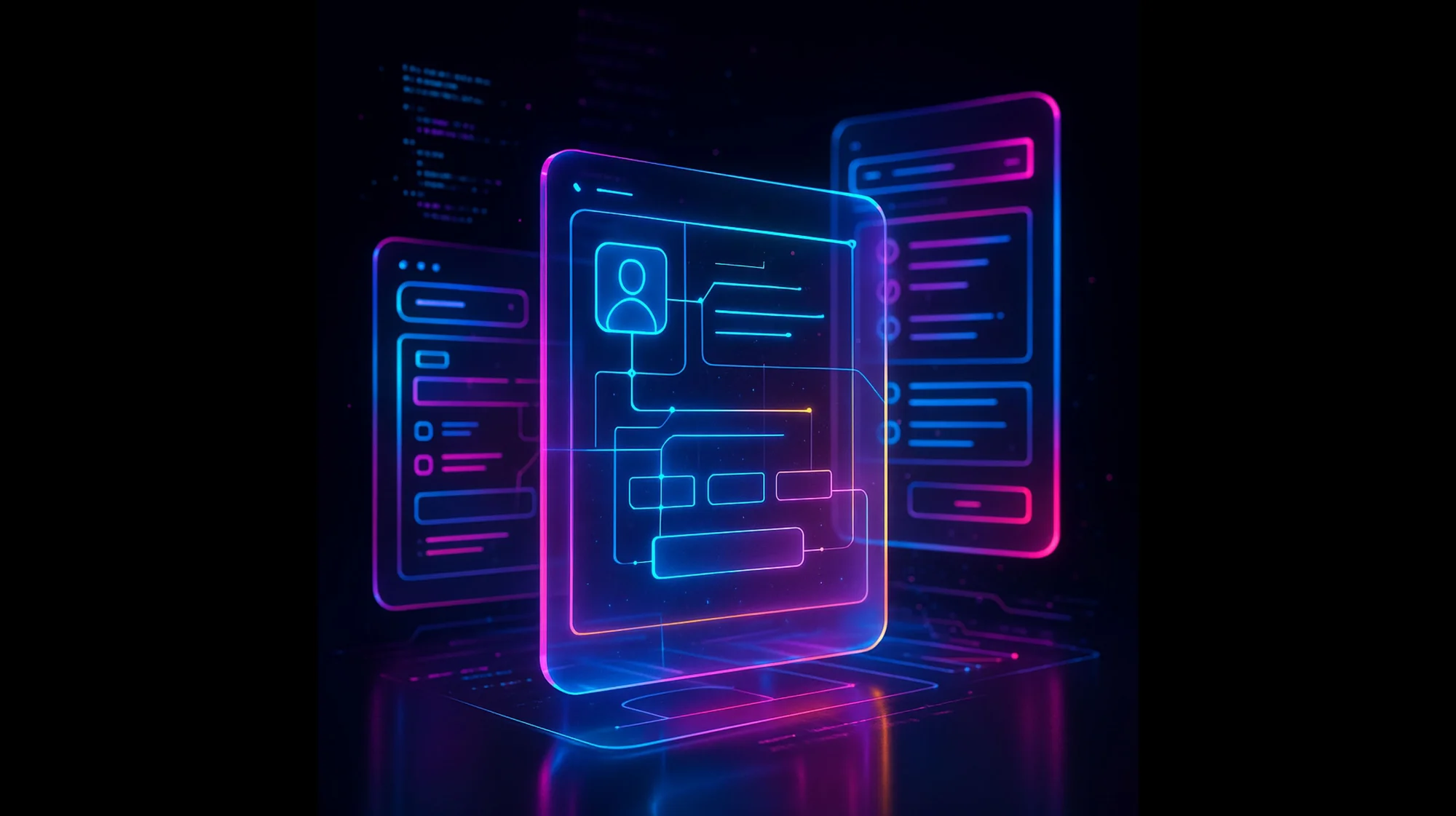A user logs into your product for the first time, completes one or two actions, then never returns. This is an all-too-common situation and one that PMs want to avoid. As a result, more and more PMs are rigorously measuring retention and asking themselves, “What keeps people coming back to our product?” Below, we’ll give an overview of the two kinds of retention product leaders are most concerned with: user and customer.
ユーザーリテンションとは
Also known as “cohort retention,” user retention is a key metric to measure the growth of SaaS and digital products. User retention looks at first-time users within a specific timeframe (typically one month or one week) and calculates the percentage of those users that return in subsequent time periods. User retention can measure user logins globally, logins for a subset of users, or retention for specific behaviors like visiting a part of an application, using a specific feature, or completing a key workflow.
リテンションアナリティクスを使うと、次のような疑問の回答を探ることができます。
- 小規模アカウントと大規模アカウントでは、どちらがリテンション率が高いか?
- 定期的に戻ってくるユーザーが最も頻繁に使用する機能はどれか?
- 顧客ペルソナによって、リテンションはどのように異なるか?
- 異なるマーケティングチャネル間でリテンションは一貫しているか?
- 新機能のパフォーマンスはどうか?
顧客リテンションとは何ですか?
For SaaS businesses, customer retention is a measure of how many customers renew their contracts at the end of their subscription term. It is the inverse of customer churn, and is also known in the industry as “logo retention rate.” The key to maintaining a high customer retention rate (CRR) is to create a high concentration of engaged and successful customers.
顧客リテンションとユーザーリテンション
Although they seem similar, customer retention and user retention measure different things. User retention looks at the individual level, and asks, “How often does a specific person come back to my product?” Customer retention looks at the account level, and asks, “Will this organization continue to pay for and use my product?” In other words, user retention looks at the individual who logs in to use a product (a usage metric), while customer retention looks at the account that pays for access to the product (a financial metric).
User retention can be independent from customer retention. For example, an individual user might leave the organization for a new job or switch to a new team. However, high user churn can be a leading indicator of customer churn. Finally, losing key users on an account like an internal champion or executive sponsor can be more damaging than losing a low-usage end user, and should be managed accordingly.
ユーザーリテンションの原動力
オンボーディング
User retention starts with successful onboarding. A user must be able to execute product basics, like setting up their new account. If there are key configuration steps, such as completing an integration or inviting teammates, the user must be guided through those actions as quickly as possible.
アクティベーション
Once onboarding is complete, it’s critical that new users see immediate value from the product. Helping the user realize early wins builds momentum and motivates them to return.
Habit
The final step in driving user retention is creating usage habits. What triggers should prompt a user to come back to the product to complete another task? Combining user habits, like taking a photo of a receipt for expense-processing apps, with the natural usage frequency for the application can inform an organization’s onboarding and activation strategies.
顧客リテンションを測定するにはどうすればよいですか?
リテンションは、特定の期間の開始時の顧客数とその期間の終了時の顧客数を比較することによって測定されます。ただし、この方法では、この期間に獲得した新規顧客を除外する必要があります。
For example, a company that begins the year with 100 customers, acquires 10 new customers and loses 10 of the initial customers. By the end of the year, this company has 90% retention. Despite the fact that the number of customers remained the same — meaning growth is flat — only 90 customers are retained. Strong customer acquisition does not cover up low retention.
組織は任意の期間のリテンションを測定できますが、各ビジネスにとって適切な頻度を見つけることが重要です。会社の販売サイクルが短い場合や従量制の契約構造の場合は、毎月の顧客リテンションの測定が理想的でしょう。販売サイクルが長い場合や、複数年契約の場合、年間のリテンション率測定の方が理にかなっています。こうした構造が明確でない場合は、四半期ごとにリテンションを測定することから始めるのが良いでしょう。
Why is retention important?
ユーザー獲得にはコストがかかります。SaaS企業は、新規顧客から利益を得るまでに何年もかかることがよくあります。顧客を維持できないと、新しいビジネスを獲得するたびに金銭的な損失が発生することになります。投資回収期間を過ぎた後も顧客を維持することによってのみ、企業は顧客ひとりひとりに利益をもたらすことができます。
高い顧客リテンション率は顧客関係の長期化を推進しますが、顧客を獲得するコストは初期契約額よりも大きくなることが多いため、リテンション率が低いと、新しい顧客と契約したときに組織が損失を被る可能性があります。顧客リテンションを注視することで、ビジネスは顧客生涯価値(LTV)を最大化し、顧客獲得コストを確実に回収することができます。
Stated another way, a company with strong user acquisition but low retention is like a hole in a bucket. In our example above, losing a customer for every gained customer means flatlining growth, increasing revenue churn, and ultimately running out of customers to sell to. Since it’s 5-25x more expensive to acquire a new customer than to keep an existing customer, it’s always more prudent to invest in improving retention for the current base than continuing to add customers who aren’t going to be retained. Measuring customer retention allows an organization to detect and diagnose if it has a hole in its bucket, so it can understand where to invest for maximum growth.
おすすめの記事・書籍
“Introducing the Product Engagement Score” by Brian Crofts
The product engagement score is a function of retention, stickiness, and feature adoption, and can be a powerful metric for measuring product performance.
“What Product Can Learn From Growth Teams” by Hiten Shah
Without strong user retention, your product will fail. Yet product managers consistently ignore it. This is where PMs can take a lesson from growth teams.
“Activating Customers Depends on Unlocking the Right Steps” by Ruairí Galavan
How do you build long-term loyalty among your customers? You can start by setting the foundations early. As a starting point, identify high-value actions successful users take in their first 90 days that set them up for continued success.
“Measuring Your Product’s Performance With Benchmarks” by Blake Bartlett
Successful PMs constantly measure their product’s performance. But can they compare that performance with that of peer products? With benchmarks, you can compare your product’s retention metrics with those of similar companies.
“Customer Journey Mapping Tools: Win the Customer Experience” by Pamela Schure
If you want to craft a product experience that keeps users coming back, you need to step into your user’s shoes. One way to do that is through customer journey mapping. This article walks you through the process and even provides a template to guide you along.
![[object Object]](https://cdn.builder.io/api/v1/image/assets%2F6a96e08774184353b3aa88032e406411%2F39f3ccde352b460cbf348ccc952054cd?format=webp)



